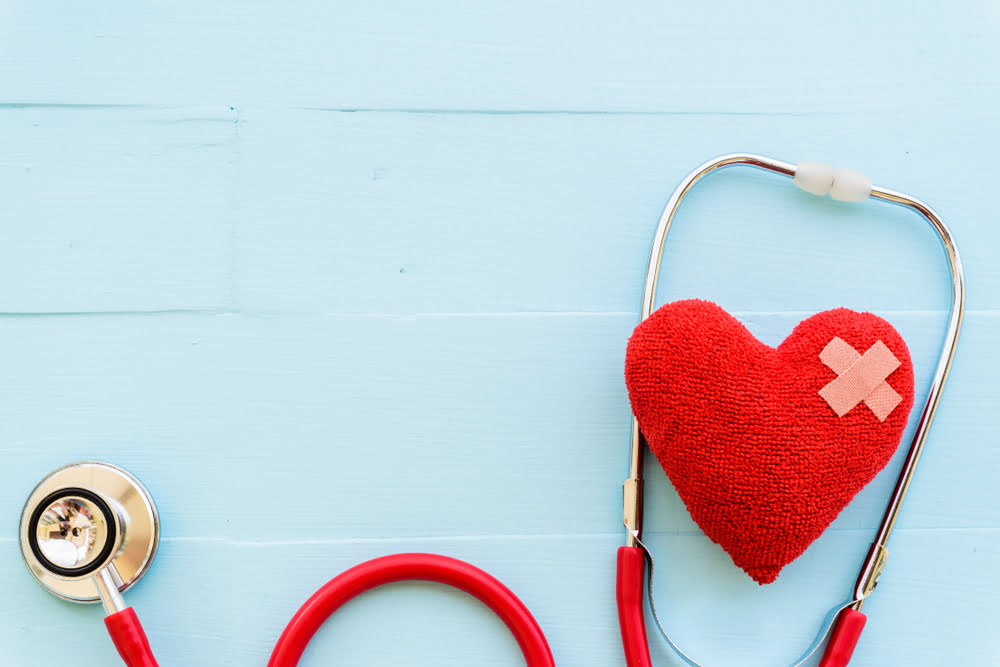A recent 60 minutes story featuring well-known Australian radio hosts, Kyle Sandilands and Jackie ‘O’ Henderson (Kyle and Jackie O), has been the latest segment from the popular news television show to spark headlines.
The episode, which aired on 24 May 2020 detailed Kyle’s struggles with high blood pressure and shone the spotlight on the silent killer.
“This is a silent killer. Blood pressure is shocking,” Kyle told 60 minutes reporter, Karl Stefanovic.
“It’s better now than it has been. Three weeks ago, I had the blood pressure machine on, and the blood pressures was good for the first time in probably 15 years.”
What is blood pressure?
According to the National Heart Foundation of Australia blood pressure is “the pressure of your blood on the walls of your arteries as your heart pumps it around your body”.
It’s normal for your blood pressure to go up or down across the day, depending on what you are doing.
What is a ‘normal’ blood pressure reading?
The National Heart Foundation of Australia says that a healthy or ‘normal’ blood pressure reading is under 120mmHg (systolic blood pressure) and 80mmHg (diastolic blood pressure): 120mmHg/80mmHg.
Systolic blood pressure is the amount of pressure in your arteries when you heart muscle contracts and diastolic blood pressure is the amount of pressure when your heart muscles relaxes – in between the beats.
What is high blood pressure?
The National Heart Foundation of Australia points out that high blood pressure is “when your blood pressure is permanently higher than normal”.
The condition is often referred to as the ‘silent killer’ because it’s possible to have high blood pressure without knowing it.
High blood pressure is one of the main risk factors for heart disease, particular heart attacks and stroke.
Risk factors for high blood pressure
The known risk factors for high blood pressure include:
- Family history
- Diet (e.g. excessive salt and caffeine consumption)
- Alcohol intake
- Smoking
- Body weight
- Physical activity/exercise levels.
How to keep your blood pressure healthy
According to healthdirect incorporating the following steps can help lower your blood pressure and keep it within a healthy level:
- Exercise: aim for at least 30 minutes of moderate-intensity exercise on most-all days of the week. However, speak with your GP or healthcare professional before starting an exercise regime, particularly if you’re currently having issues with high blood pressure.
- Healthy eating: enjoy a wide variety of food from each of the food groups, drink plenty of water and limit your intake of ‘extras’ (or treat foods).
- Cut your salt intake: The recommended amount of salt (or sodium) that Australian adults should eat is less than 2000mg of sodium per day. One easy way to reduce your salt intake is by not adding salt to meals at the dinner table or in cook – flavour meals with herbs/spices instead.
- Aim for a healthy weight: A healthy weight, particularly the weight around your middle, will help to keep your blood pressure in check. Speak with your local pharmacist, pharmacy assistant, dietitian or GP about how you can lose weight healthily, if you need to.
- Limit your alcohol intake: While there have been reports of increased alcohol consumption during the COVID-19 lockdown, regular high alcohol intake is a risk factor for several health problems, including high blood pressure. Make sure to limit your intake to no more than two standard drinks on any one day and include at least two alcohol-free days per week.
- Quit smoking: It goes without saying that smoking contributes to high blood pressure – specifically, “the nicotine in cigarettes can temporarily raise your blood pressure”, according to healthdirect.
Speak with your healthcare professional
If you’re worried about your blood pressure and your heart health, speak with your healthcare professional (pharmacist, pharmacy assistant, GP) about what you can do today to lower it.
For more information, or to find out more about the National Heart Foundation’s ‘Blood pressure action plan’, visit: heartfoundation.org.au/Heart-health-education/action-plans/blood-pressure-action-plan.









